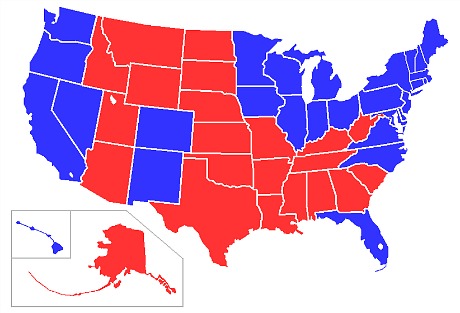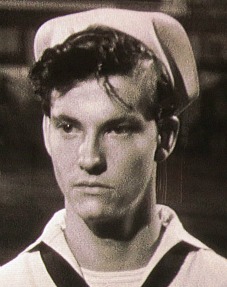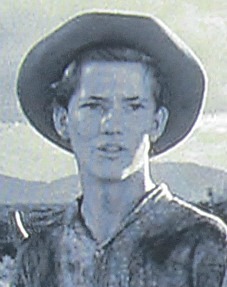I was actually bullied by certain “friends” of mine in high school. Not constantly but now and then. I felt engaged by school studies from time to time (I liked history and English) but mostly I was bored to tears, and I hated the repressive “no” atmosphere in my home, which was partly due to my rebellious nature but was largely a product of my alcoholic dad’s personality. So I acted out in order to break out. I was impish, snarky, theatrical, intimidated, angry. I wanted attention.
And so a few obstinate assholes took it upon themselves to let me know that my attitude and manner were socially out of line. I don’t want to talk about it. It was a venal culture. I wasn’t the only one to go through the gauntlet. Every now and then a new victim would be chosen and guys would get “de-pants-ed,” to use an expression of the day. Different guys would be punished by the mob for being a little bit (or a lot) different. I myself was a mobster from time to time. You don’t want to know.
My early high-school days weren’t all hell, but it was basically a time of imprisonment. The truth is that it was partly them and partly me. I clung to adolescence for a long time. I was a late bloomer. I didn’t discover what I wanted to do and be until my early 20s, and my maverick nature presented problems in journalism until the online thing took off in the late ’90s, and then I was finally in a good place. And then HE took off ad-revenue-wise about ’06 or so, and stability came from that.




